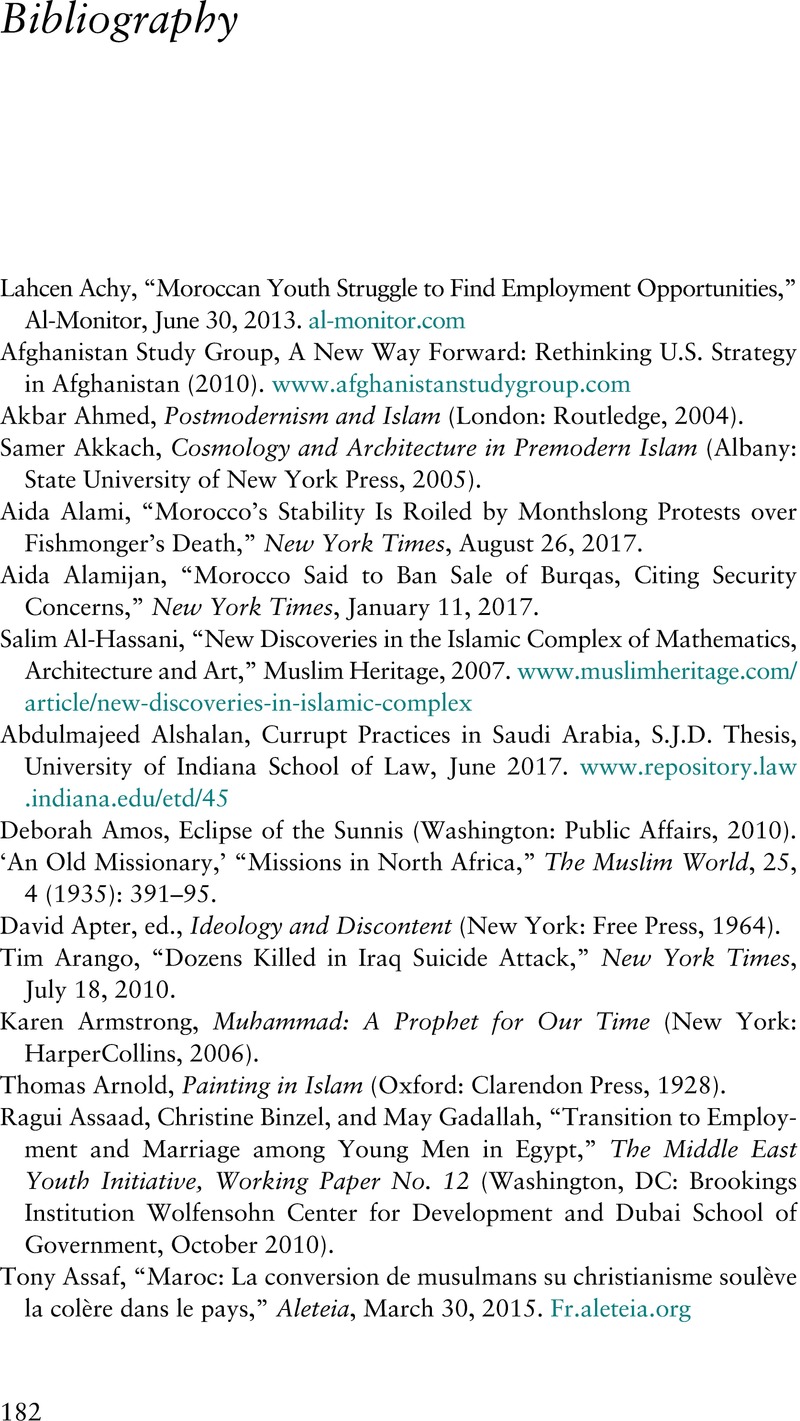Bibliography
Published online by Cambridge University Press: 09 September 2023
Summary

- Type
- Chapter
- Information
- Encounters with IslamStudies in the Anthropology of Muslim Cultures, pp. 182 - 197Publisher: Cambridge University PressPrint publication year: 2023



